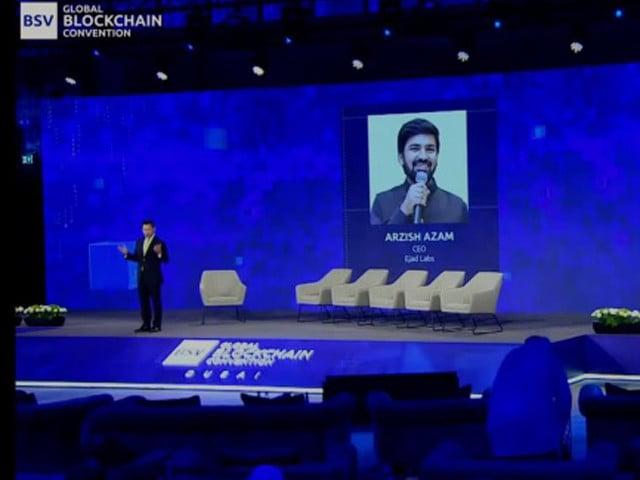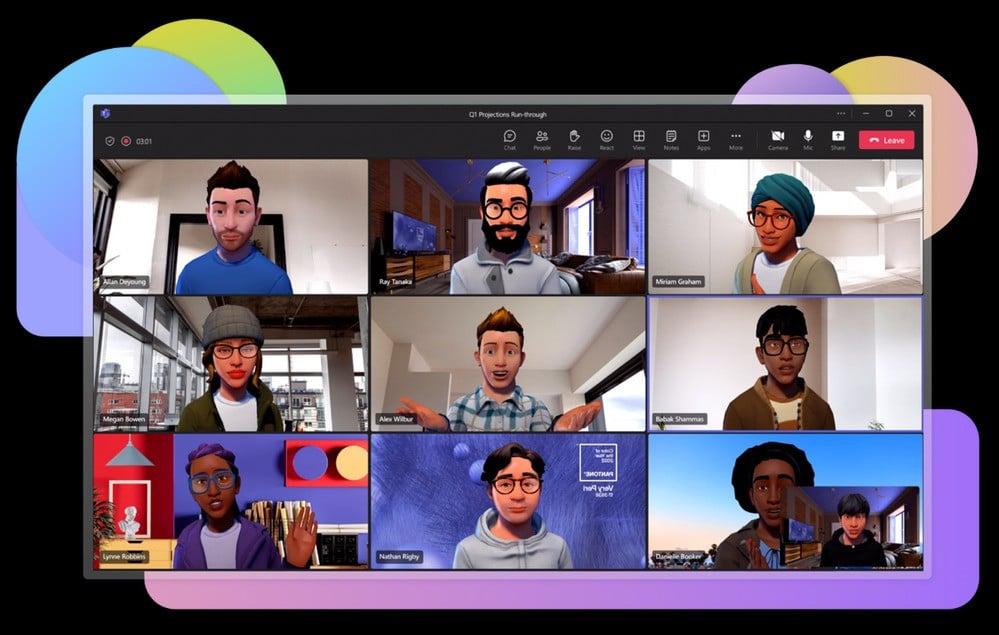As autonomous driving transforms the automotive sector, sensor technologies have made significant strides, with Light Detection and Ranging (Lidar) emerging as a standout innovation. Lidar utilizes laser light to create precise 3D maps of surroundings, revolutionizing perception capabilities, particularly in automotive applications.
Originating from the invention of lasers in the 1960s, Lidar gained momentum in the 2000s with the development of 3D systems boasting advanced beam steering mechanisms. These systems offer distinct advantages over traditional sensing technologies like cameras, radar, and ultrasonic systems, providing detailed 3D maps and accurate range detection to enhance safety and perception.
In 2024, Lidar adoption has surged across industries, marking a shift in adoption trends within the automotive sector. Tier 1 and Tier 2 companies approach Lidar adoption differently, with Tier 2 focusing on technology advancement and Tier 1 prioritizing commercialization and scalability.
While Lidar’s initial appeal lies in its unique advantages over existing sensors, current adoption trends in the automotive industry are driven by factors beyond performance. OEMs seek Lidar systems aligned with market demands and technological advancements, considering factors like trend alignment, positive promotion, and hardware readiness for future updates.
Beam steering technology development has been a key focus, with various startups and major players exploring Mechanical, MEMS, Optical phased array (OPA), and Flash technologies. While mechanical rotating Lidars were prominent initially, hybrid technologies like rotating mirrors and MEMS are gaining traction for automotive applications due to reliability and cost-effectiveness.
Although Lidar performance remains crucial, factors such as cost-effectiveness, reliability, supply chain efficiency, and ease of integration are now paramount. These considerations not only shape technology choices but also pave the way for Lidar’s continued evolution and broader impact across industries.













